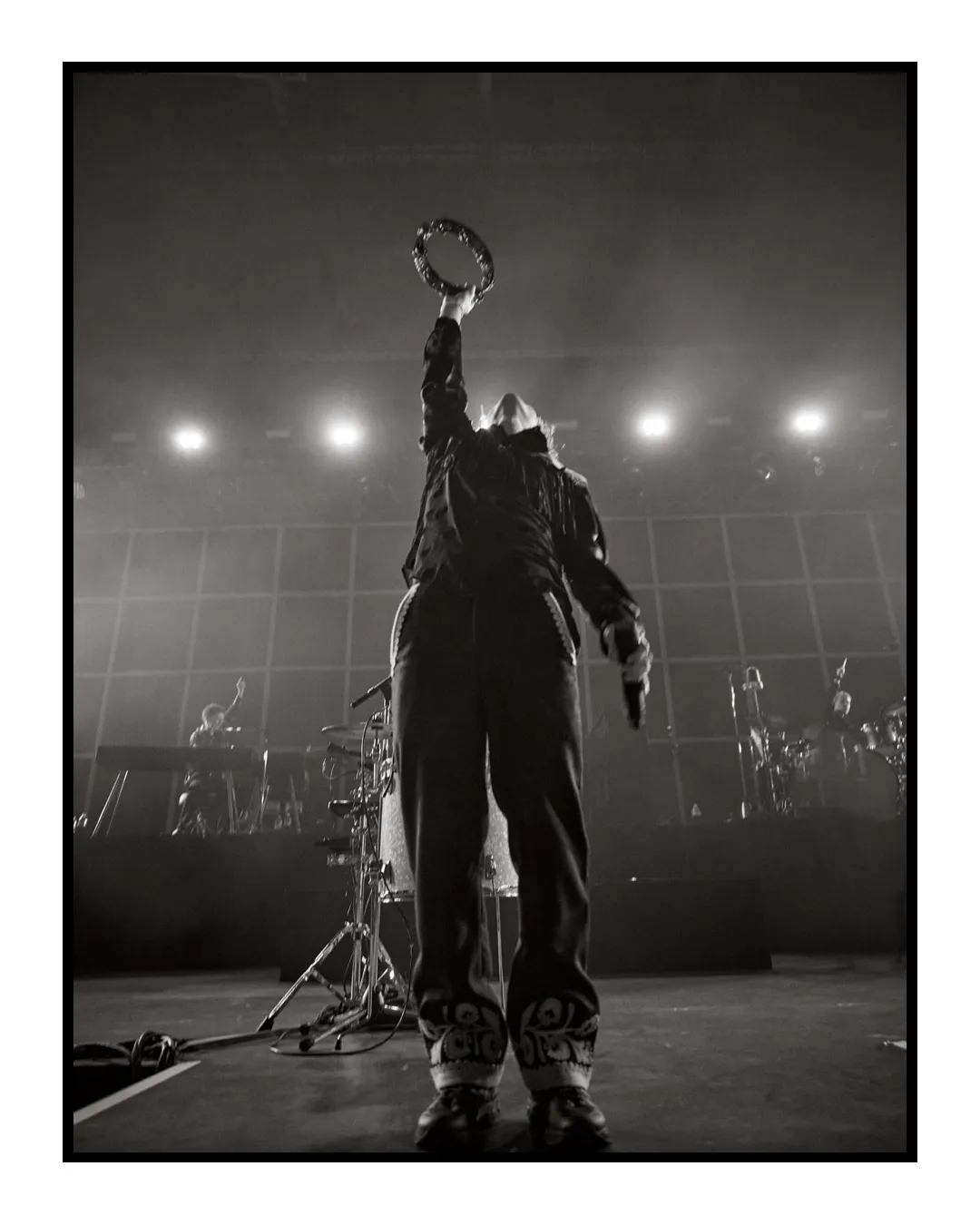
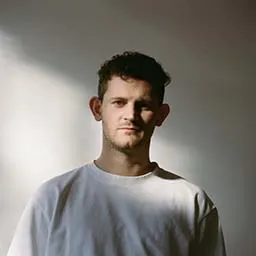
The Shot That Stays
A conversation with Berlin-based photographer Jo Hannes Klingelhöfer about big dreams, trusting instinct, and capturing the moments that don’t let go.
Hannes Klingelhöfer isn’t the kind of photographer who waits for the light to be perfect. He’s the kind who heads out anyway. With a camera in his pocket and another one in his head.
In his mid-twenties, he now lives in Berlin, studied photography in Cologne, and moves between backstage shots of rising musicians, park portraits, fashion gigs, and free artistic work. But no matter what he’s shooting - his images breathe. They’re unpolished, spontaneous, and always filled with feeling. And that’s not by accident.

Hannes isn’t chasing perfect composition. He’s looking for what’s real. The light hitting the sidewalk just so. The glance of a stranger on the New York subway. The double exposure that happens by mistake - and ends up more powerful than anything planned.
This conversation isn’t about gear. It’s about instinct. About music as a creative compass. About flaws, luck, big dreams, and why sometimes all you need to do is ask:
“Can I take your picture?”
Chapter One: New York is a Palette
“New York is pulsating in every corner, it's impossible not to shoot. The city just throws images at you. The way the light cuts between buildings - that alone could be an entire book."

For Hannes, New York isn’t just a city - it’s a palette. Yellow traffic lights, silver subway cars, red garage doors, cold street corners. Gray and colorful at once. He describes little observations that become big moments: “A father, a daughter, a dog on a bench. They’re staring into the distance. The dog is the only one looking at me. I take the shot. That’s what photography is all about for me.”

He talks about the energy of the streets, the rush that even the quietest blocks hold. What grabs him isn’t just the light - it’s the simultaneity. “This city is cinematic, sure - but it’s also super gritty and raw. It’s so weirdly joyful and cold at the same time, impossible to put into words. I’ve taken photos there that I’ll still be looking at in ten years.”
Chapter Two: Imperfection
“A great photo isn’t technically perfect. It’s the one that makes you feel something. I want people to look at my images and say: ‘This hits me somehow.’ ”
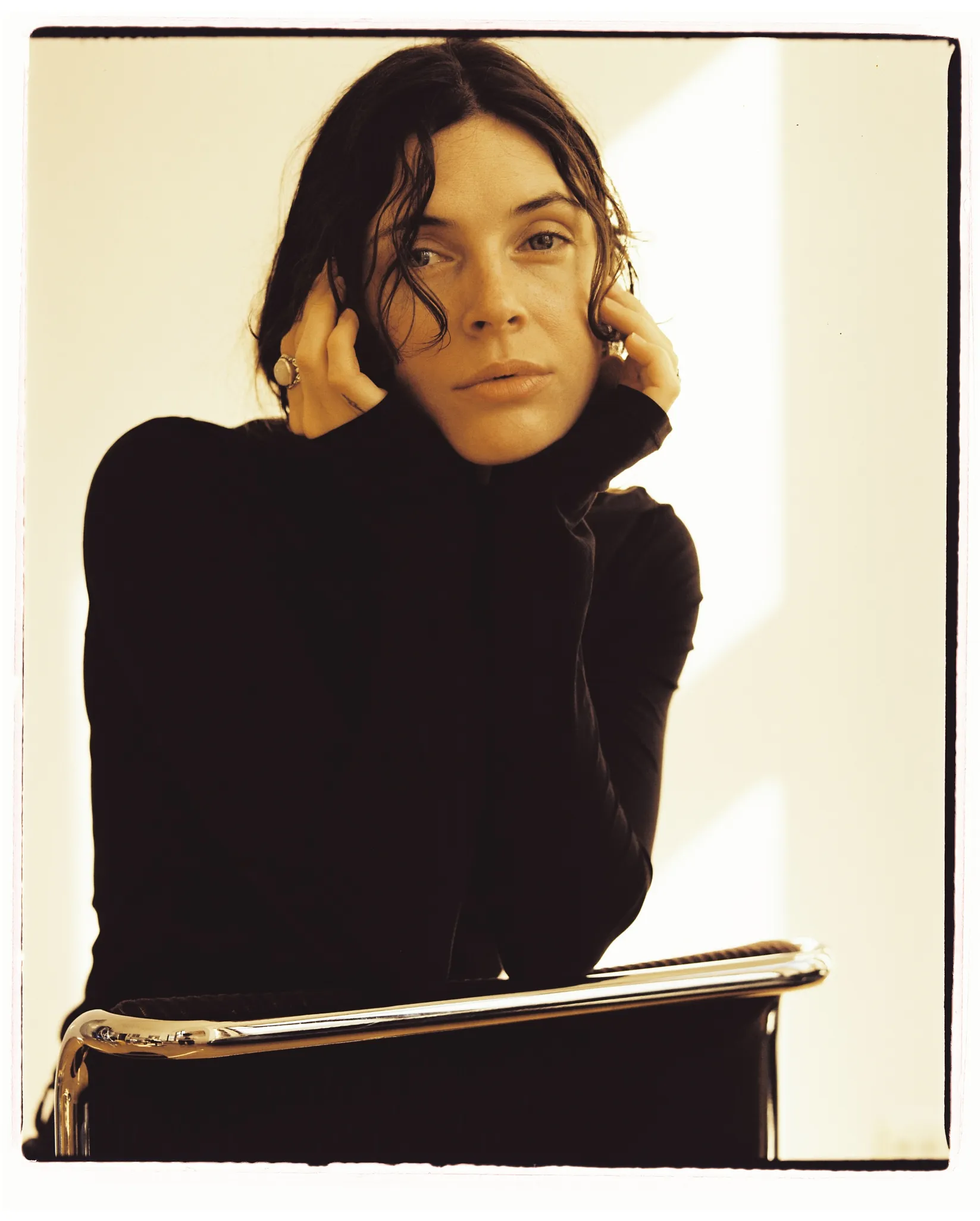
In a world where AI renders flawless faces and retouching smooths out every pore, Hannes takes a different path. “I’m not after perfect pictures. I want photos that feel alive.” He shares a moment while shooting with his analog Mamiya: in the heat of the moment, he forgot to advance the film. “So I took another shot right over the last one. And that double exposure? Pure magic. I never could’ve planned it, and maybe that’s exactly why it works.” For Hannes, imperfection isn’t an aesthetic trend. It’s a philosophy.
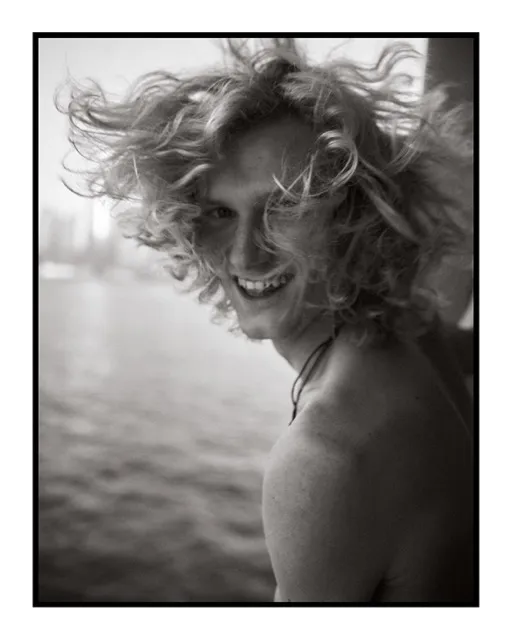
“If a photo triggers an emotion, if it puts you back in that moment - that's what really makes it perfect. Even if it’s blurry. Even if it’s noisy. It just has to feel real.”
Chapter Three: Music
"I’m listening to music almost constantly - when I’m shooting, editing, walking through a bookstore. It’s like it unlocks something in me. And somehow, whatever I’m feeling in that moment ends up in the photo."
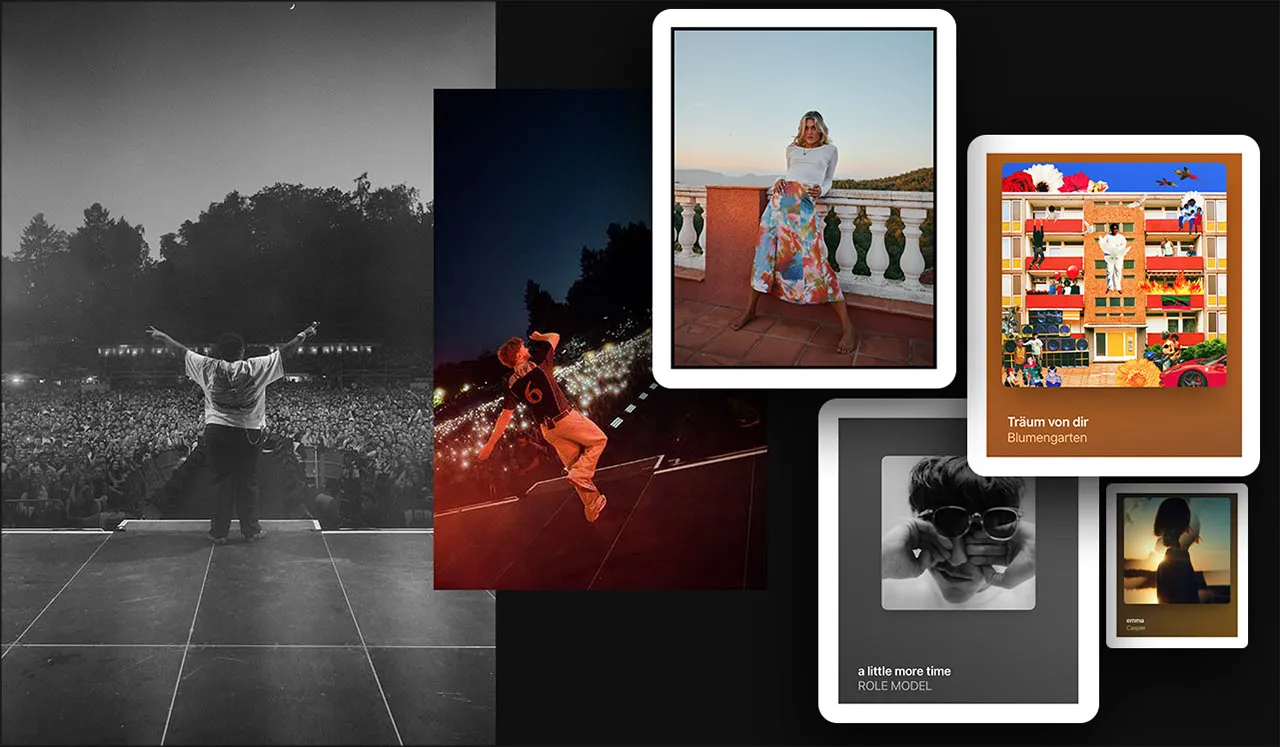
Hannes runs on music. Not in a poetic sense but in a real, everyday way.
“It’s always on. When I’m editing, walking, running, shooting, flipping through photo books... it’s just part of it,” he says. “It changes how I see things. How I feel things.” Some of his most surreal moments have come through that connection. Like standing on stage with Bloom Garden - a band he used to play on repeat. “Suddenly I’m there, photographing them live. Is this supposed to be work? Still kind of wild.”
Even in post-production, music sets the tone. “There are times where a playlist shapes the whole vibe of a series. I’ve thought about pairing sets of photos with specific songs. Sometimes an image doesn’t just speak through color or framing—it’s about what it sounds like too.”
Chapter Four: Tools & Workflow
“The camera doesn’t matter. I want to capture a feeling. Whether it’s my Mamiya, my phone, or my heavy main rig - who cares?”

Gear is a means to an end. Hannes uses flash, natural light, point-and-shoots, medium format. But what counts is the vibe. “When I edit a picture, I usually have no idea what I’m doing in a technical sense. I’m lifting shadows, tweaking highlights - pure gut feeling. Music helps me find my flow. Color grading is just the final touch, like a post-production mixdown.” Sometimes, he says, you just have to let it happen.
“You can’t force a look. Sometimes it only clicks once the right song comes on.”
Chapter Five: Drive & Doubt
“Sometimes I ask myself: Why does the world need me as a photographer? There are so many talented artists out there. But then I see a photo that hits me - and I remember exactly why I do this.”
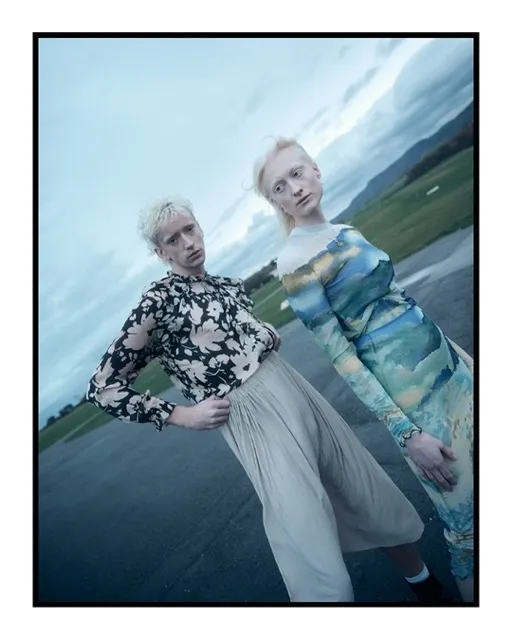
Hannes doesn’t hide his doubts. The pressure to prove yourself, to stand out - it’s real. “You scroll through Instagram or see work in a gallery and think: What’s the point? But then something stirs. You see a shot, and it lights something up. And suddenly you’re like: I want my work to be seen.”
It’s not about money, he says. It’s about being seen. “If one day a huge ad I shot is hanging in Paris or New York, covering a building - that’s the dream. Not for the fame. But because it would mean I left a mark.” And then he smiles. “But even if that never happens, I’ll still keep going..."
“I’ll keep going because I need that feeling when I look through the viewfinder!”
Chapter Six: Idols & Inspiration
“The way Tyler Mitchell connects with people, how effortless his images feel- even when they’re staged. That really moves and inspires me.”
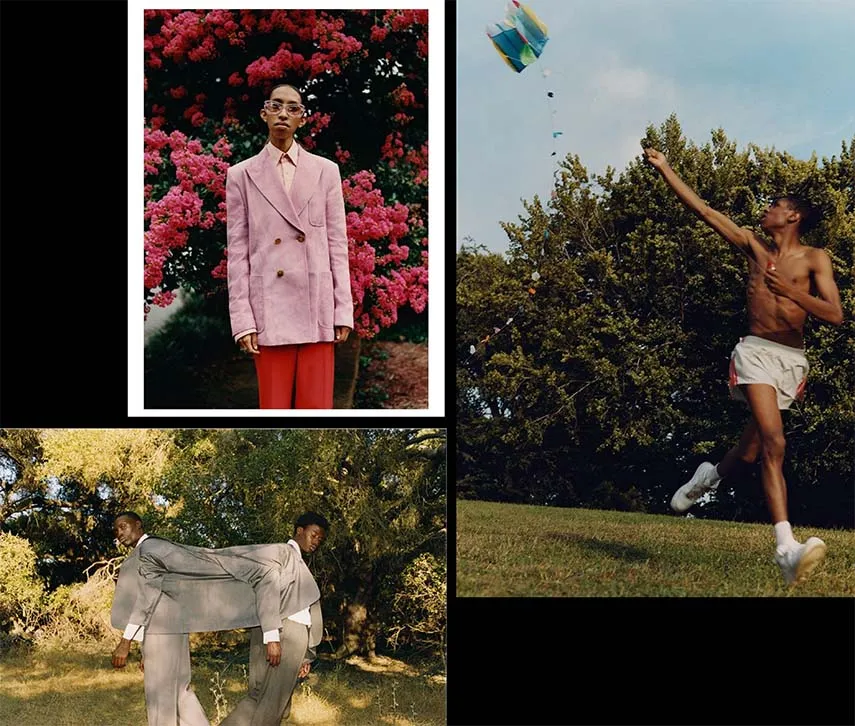
Peter Lindbergh is another major influence. “Those portraits! It’s like the faces are speaking to you. Doesn’t matter if the focus is soft - what matters is honesty.” nspiration, Hannes admits, is a double-edged sword. “Sometimes I see work and just feel crushed. Like: I’ll never be that good. But the low is part of it. After that, something usually breaks open creatively.”
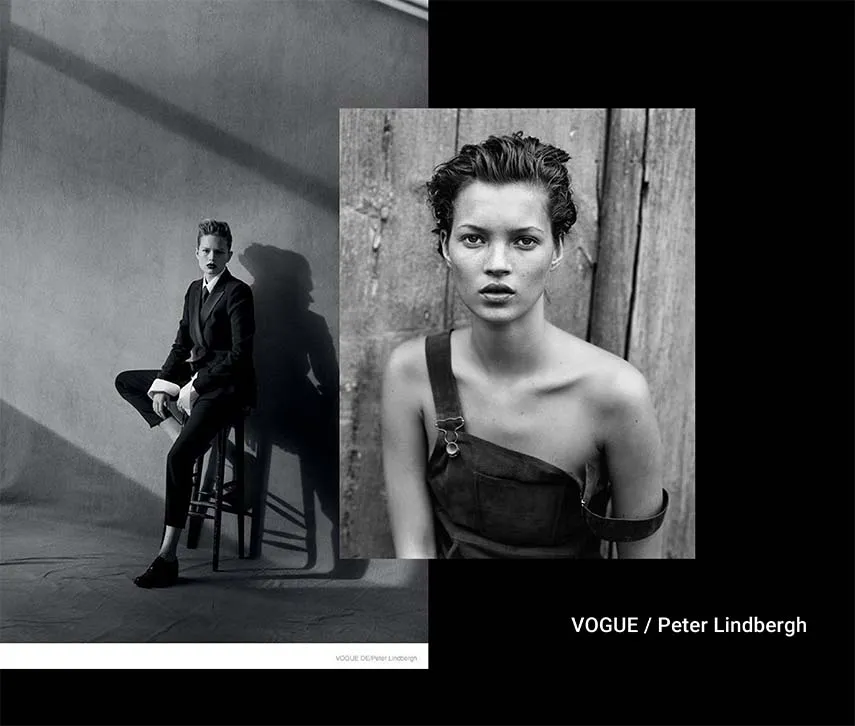
Give ten photographers the exact same setup - the results would still look completely different. Inspiration is a delicate balance between influence and instinct. You might borrow a frame, a color, a mood - but the way it filters through your eyes, your experience - not just as an artist - but as a human being - that’s what makes it yours. And that's what makes your story worth sharing. No one else can do it for you (only you can let it in ♫)
“When inspiration strikes, that influence plays out in your own work. Even when you draw from others, what comes out is always uniquely yours.”


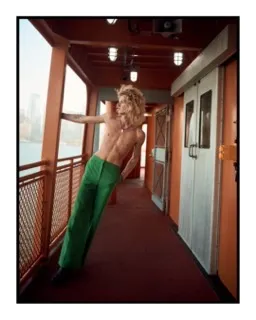
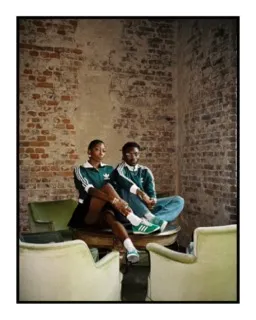
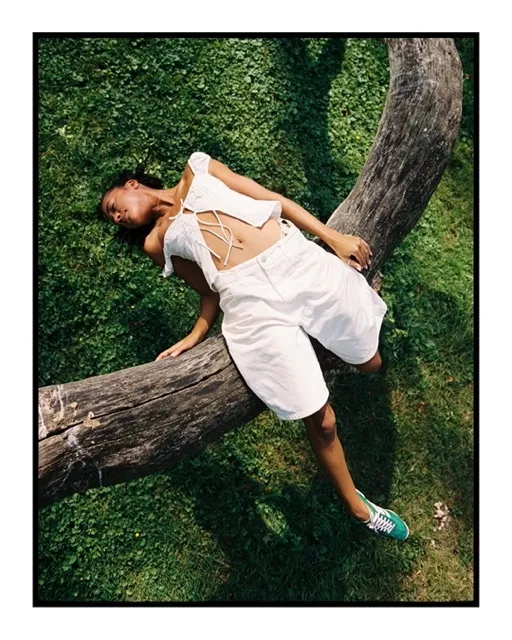
Chapter Seven: Start, Struggle, Repeat.
“Sometimes I still feel like a total beginner. And that’s totally fine. The most important part is to remind yourself to just go for it. To reach out to people. To show your work. To be bold.”
Hannes remembers one of the first shoots that really stuck: "I was in Berlin for just a couple days and came across this model on Instagram. She had way more experience than I did, and honestly, I didn’t think she’d even reply. But I sent a message anyway - with a couple of mood images - and she actually replied and said yes. We met up, shot for an hour, and made some images I still really stand by to this day. I had barely any real portrait experience at the time, but something about that shoot just worked. That photo still means a lot to me."
The fear of not being enough never totally fades. “Before big shoots, I still get nervous. Like - can I deliver? And the answer is usually: Yeah, I can!"
“Every time I question myself, a new image comes along. A new moment that reminds me - this is what I’m here to do.”
Final Words: The Image That Stays
“In the end, maybe it’s just this: an image. A glance. A feeling. And that’s enough. Sometimes I snap something and only days later do I realize why it got to me. I don’t need to explain it. It just needs to stay.”
Thank you to Hannes Klingelhöfer for the openness, honesty, and deep inspiration throughout this conversation. To see more of his work, follow him on Instagram @jhklingelhoefer
